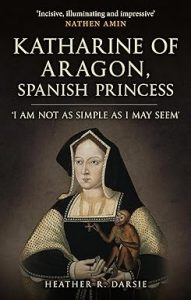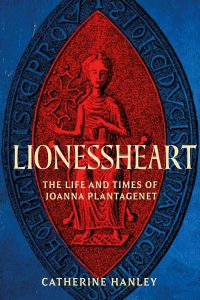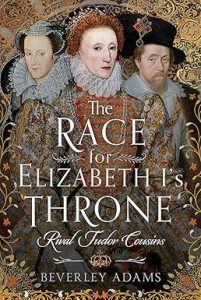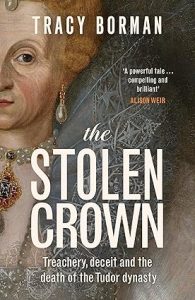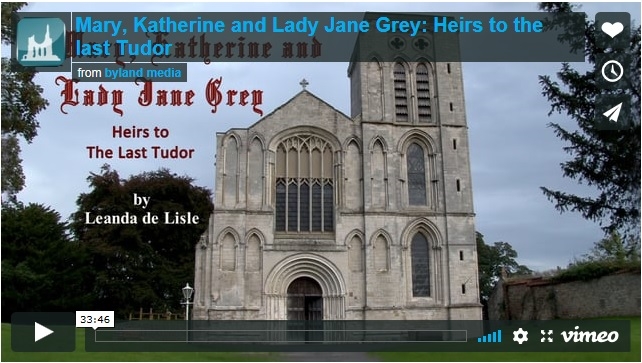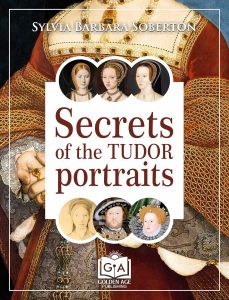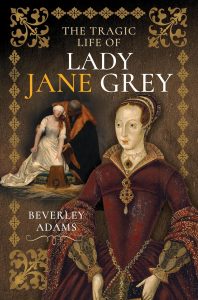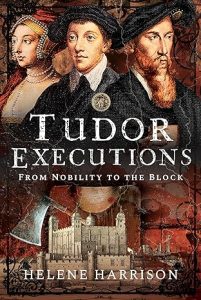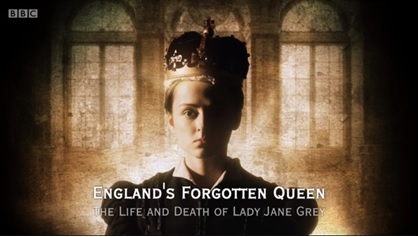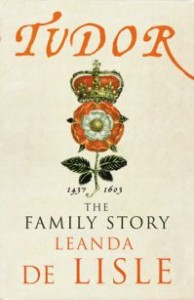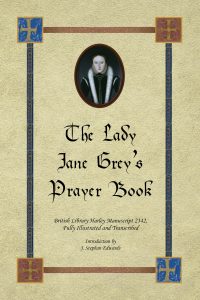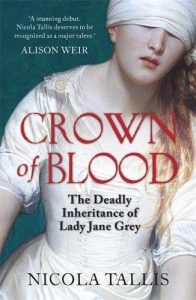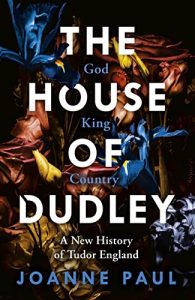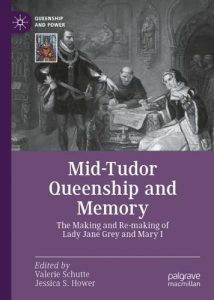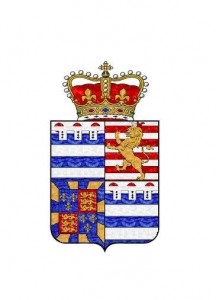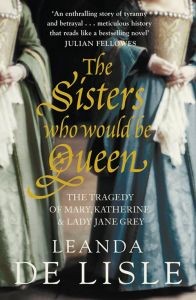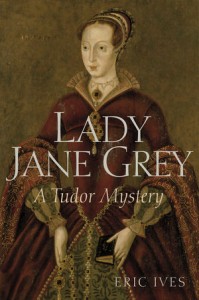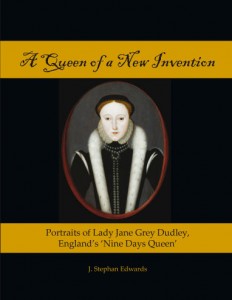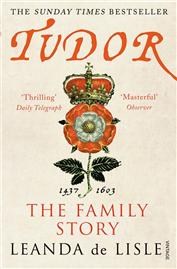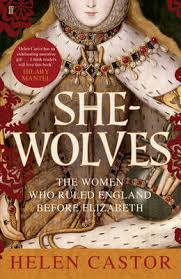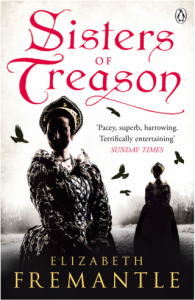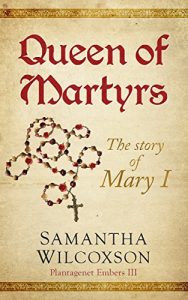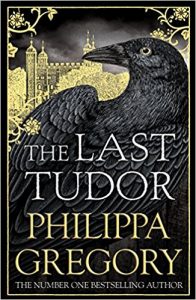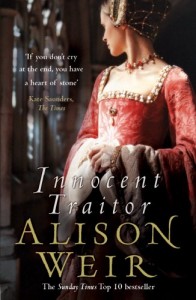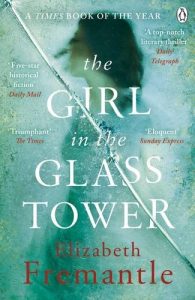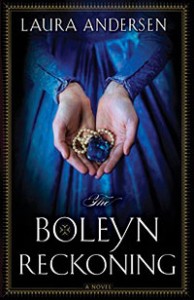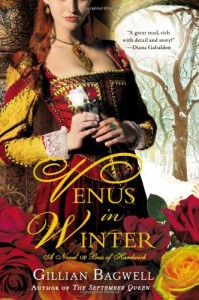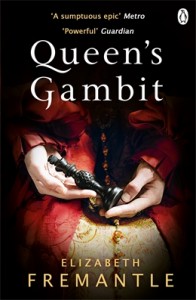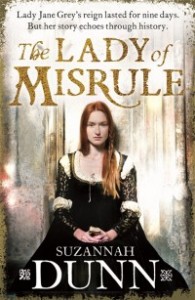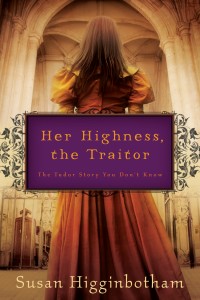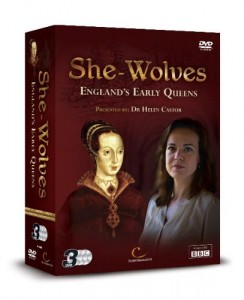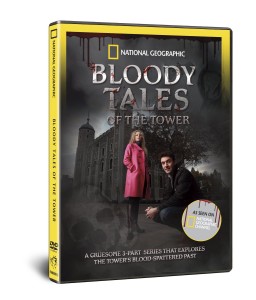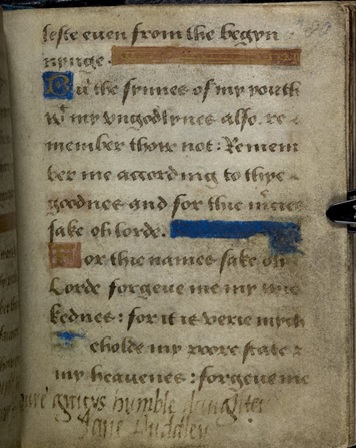’Henry VIII and the Tudor Court’, edited by Thomas Betteridge and Suzannah Lipscomb will be published by Ashgate in February 2013.
According to the Ashgate website:
‘After 500 years Henry VIII still retains a public fascination unmatched by any monarch before or since. Whilst his popular image is firmly associated with his appetites – sexual and gastronomic – scholars have long recognised that his reign also ushered in profound changes to English society and culture, the legacy of which endure to this day. To help take stock of such a multifaceted and contested history, this volume presents a collection of 17 essays that showcase the very latest thinking and research on Henry and his court.
Divided into six sections the book highlights how the political, religious and cultural aspects of Henry’s reign came together to create a one of the most significant and transformative periods of English history. The volume is genuinely interdisciplinary, drawing on literature, art history, architecture and drama to enrich our knowledge. The first section is a powerful and personal account by Professor George W. Bernard of his experience of writing about Henry and his reign. The next sections – Material Culture and Images – reflect a historical concern with non-documentary evidence, exploring how objects, collections, paintings and buildings can provide unrivalled insight into the world of the Tudor court. The sections on Court Culture and Performance explore the literary and theatrical world and the performative aspects of court life, looking at how the Tudor court attempted to present itself to the world, as well as how it was represented by others. The section on Reactions focuses upon the political and religious currents stirred up by Henry’s policies, and how they in turn came to influence his actions.’
Contents
Introduction, Suzannah Lipscomb and Thomas Betteridge
Part I – Writing About Henry VIII
Reflecting on the King’s Reformation, G.W. Bernard
Part II – Material Culture
Rich pickings: Henry VIII’s use of confiscation and its significance for the development of the royal collection, Maria Hayward
As presence did present them’: personal gift giving at the Field of Cloth of Gold, Glenn Richardson
Cultures of the body, medical regimen, and physic at the Tudor court, Elizabeth Hurren.
Part III – Images
Architectural culture and royal image at the Henrician court, Kent Rawlinson
Wishful thinking: reading the portraits of Henry VIII’s queens, Brett Dolman
Henry VIII and Holbein: patterns and conventions in early modern writing about artists, Tatiana C String
Part IV – Court Culture
Naming in Wyatt’s post-incarceration poetry and the influence of prison graffiti, Ruth Ahnert
Receiving the king: Henry VIII at Cambridge, Susan Wabuda
Performing Henry at the court of Rome, Catherine Fletcher
Part V – Reactions
Henry VIII and Cardinal Pole, Eamon Duffy
Henry VIII and the crusade against England, Susan Brugden
One survived: the account of Katherine Parr in Foxe’s Book of Martyrs, Thomas S. Freeman
Part VI- Performance
Gender and status in John Heywood’s The Play of the Weather, Eleanor Rycroft
Dramatic genre and the court of Henry VIII, Peter Happé
The fall of Anne Boleyn: a crisis of gender relations at the Tudor court?, Suzannah Lipscomb
Afterword
Henry VIII: the view from 2009, Steven Gunn
‘Through this wide-ranging, yet thematically coherent approach, a fascinating window is opened into the world of Henry VIII and his court. In particular, building on research undertaken over the last ten years, a number of contributors focus on topics that have been neglected by tradition historical writing, for example gender, graffiti and clothing. With contributions from many of the leading scholars of Tudor England, the collection offers not only a snapshot of the latest historical thinking, but also provides a starting point for future research into the world of this colourful, but often misrepresented monarch.’
From Ashgate.com
